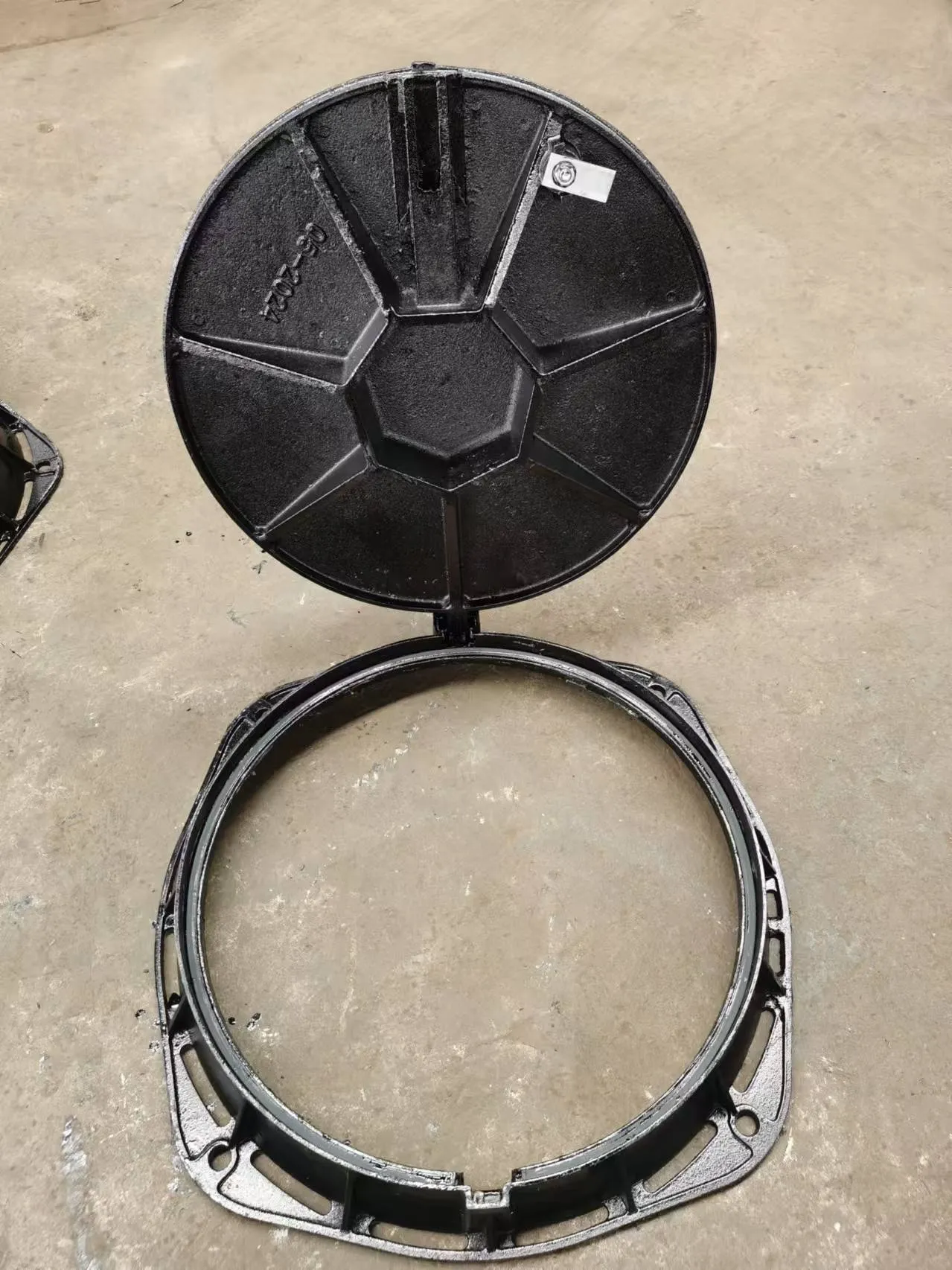wheel operated butterfly valve
Understanding Wheel Operated Butterfly Valves A Comprehensive Overview
Butterfly valves are commonly used in various industrial applications for the regulation and control of fluid flow. Among the various designs and types available, the wheel-operated butterfly valve stands out due to its user-friendly operation and efficiency. This article delves into the structure, functionality, advantages, and applications of wheel-operated butterfly valves, providing a thorough understanding of their significance in modern fluid control systems.
Structure and Mechanism
A butterfly valve operates using a circular disc or plate, which pivots around a central axis to open or close the flow of fluid. The wheel-operated feature distinguishes this type of valve from others by incorporating a handwheel mechanism, allowing operators to easily manipulate the valve's position. When the handwheel is turned, it rotates a stem connected to the disc, which either opens or closes the flow pathway.
The design typically features a body that can handle different types of fluids, whether they are gases or liquids. The materials used in construction often include durable metals like stainless steel, carbon steel, or ductile iron, as well as various elastomers for sealing. The choice of materials significantly impacts the valve's performance and longevity, particularly in corrosive or high-pressure environments.
Advantages of Wheel-Operated Butterfly Valves
1. Ease of Operation One of the primary benefits of wheel-operated butterfly valves is the ease with which they can be operated. The handwheel allows for smooth and controlled operation, requiring minimal effort from the user. This becomes particularly advantageous in larger valves or where the flow must be adjusted frequently.
2. Compact Design Wheel-operated butterfly valves are known for their compact design, making them suitable for installations with limited space. Unlike some traditional valve types, such as gate or globe valves, butterfly valves occupy less space and can be effortlessly integrated into piping systems.
3. Quick Opening and Closing These valves can change their position quickly, allowing for efficient control of fluid flow. This rapid response is essential in applications where immediate flow adjustments are necessary for safety or process control.
4. Versatility Wheel-operated butterfly valves can handle a wide range of applications, including water supply systems, wastewater treatment facilities, and industrial processes involving chemicals or gases. Their adaptable design makes them suitable for both throttling and full flow applications.
wheel operated butterfly valve

5. Low Maintenance With fewer moving parts compared to other types of valves, wheel-operated butterfly valves generally require less maintenance. Their simple design translates to lower wear and tear, resulting in longer operational life and reduced upkeep costs.
Applications
The versatility of wheel-operated butterfly valves allows them to be utilized across numerous industries. Some common applications include
- Water Treatment These valves are often used in water treatment plants to maintain the flow of potable water, enabling operators to regulate the flow as needed throughout various treatment stages.
- HVAC Systems In heating, ventilation, and air conditioning (HVAC) systems, wheel-operated butterfly valves are employed to control airflow and manage temperature, contributing to overall system efficiency.
- Chemical Processing The use of wheel-operated butterfly valves in chemical processing facilitates the safe and effective handling of various corrosive substances, ensuring that processes run smoothly while maintaining safety standards.
- Power Generation In power plants, these valves control the flow of steam and water within boilers and turbine systems, making them crucial for maintaining operational integrity and efficiency.
Conclusion
Wheel-operated butterfly valves serve as vital components in fluid control systems across a wide array of applications. Their ease of operation, compact design, quick response time, versatility, and low maintenance make them an attractive choice for industries needing effective flow management. As technology and industrial processes continue to evolve, the importance of reliable and efficient valves, such as the wheel-operated butterfly valve, will undoubtedly increase, solidifying their role in modern engineering solutions. Understanding these valves' functionality and advantages can significantly enhance operational efficiencies and foster safer and more streamlined industrial practices.
-
The Smarter Choice for Pedestrian AreasNewsJun.30,2025
-
The Gold Standard in Round Drain CoversNewsJun.30,2025
-
The Gold Standard in Manhole Cover SystemsNewsJun.30,2025
-
Superior Drainage Solutions with Premium Gully GratesNewsJun.30,2025
-
Superior Drainage Solutions for Global InfrastructureNewsJun.30,2025
-
Square Manhole Solutions for Modern InfrastructureNewsJun.30,2025
-
Premium Manhole Covers for Modern InfrastructureNewsJun.30,2025
